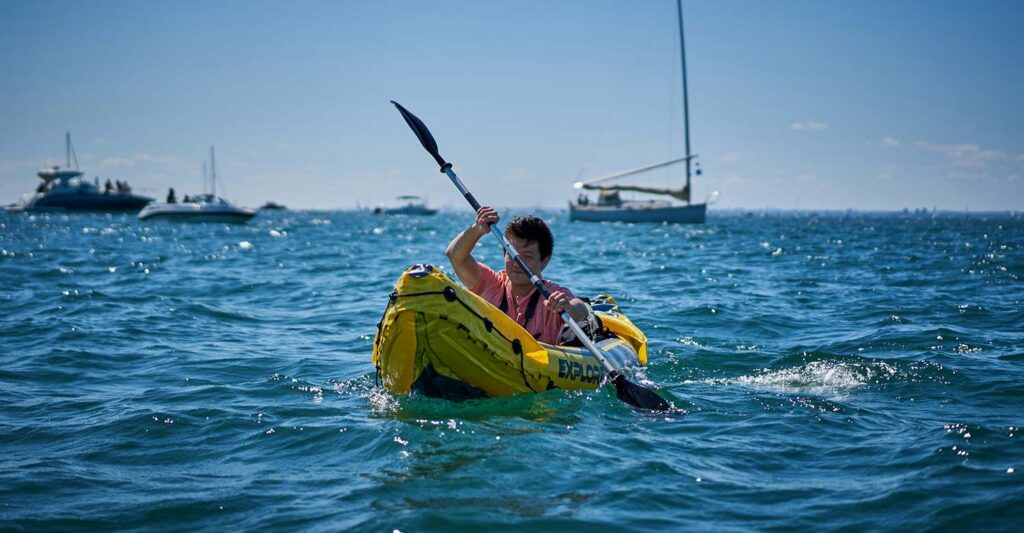Kayaking, right? Fun, peaceful, sometimes adrenaline-pumping, often a way to connect with nature. But then comes Lilo Kayak, and you’re left thinking, what’s this all about? Well, let’s break it down.
A Lilo kayak isn’t your traditional kayak made of plastic or fiberglass. It’s a relatively new concept, and in simple terms, it’s a fusion between a kayak and an inflatable lilo. If you’re familiar with a lilo, you already know it’s usually a simple inflatable mat used for floating on water. But, in recent times, adventurous spirits have started using lilo-like inflatables for exploring rivers, lakes, and streams.
What’s the Construction Like?
Forget the rigid structure you see in most watercraft. Lilo kayaks are inflatable, lightweight, and highly portable. They’re made from durable materials like PVC or reinforced rubber, which can take quite a beating on rocks or rough waters. Unlike a conventional kayak, you don’t have a defined shape or hull. Instead, you get a flatter, mat-like structure that floats.
Interestingly, this makes it perfect for those who don’t want to lug around heavy equipment but still want to have some serious water fun. When deflated, it folds down to a manageable size, perfect for throwing in your backpack. Inflating it? Well, that’s easy too. A pump does the job in minutes.
How Does It Perform?
Let’s not kid ourselves here. A Lilo kayak doesn’t perform like a full-on hard-shell kayak. You won’t be slicing through the water with the precision of a traditional sea kayak, for example. However, for calm rivers and lazy paddles on lakes, this little thing gets the job done.
The major downside? Maneuverability. Unlike a traditional kayak where you have full control with your paddle, the Lilo kayak can be a bit sluggish. You’re not getting those clean, sharp turns. But again, you’re probably not taking this out in wild rapids. This is more for those relaxed, peaceful moments, floating down the water.
Where Can You Use a Lilo Kayak?
A Lilo kayak isn’t ideal for rough seas or turbulent rivers. You want calm, shallow waters—places where you’re not fighting waves or strong currents. So, your local lake, a slow-moving river, or even a bay with soft waves will do the trick.
And because it’s inflatable, carrying it to remote locations, where traditional kayaks would be too heavy, becomes easy. You can get to those hard-to-reach ponds, coves, or hidden river stretches. The portability opens up a lot of opportunities for solo adventurers and even families looking to spend an easy-going day on the water.

